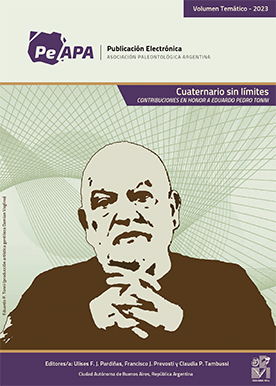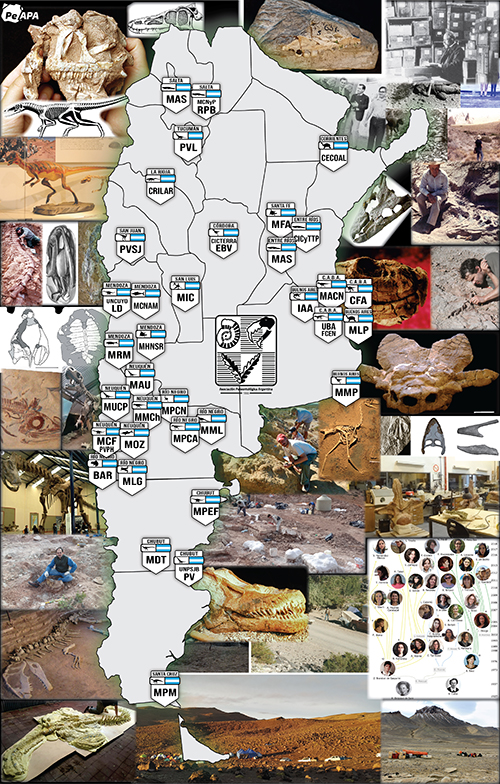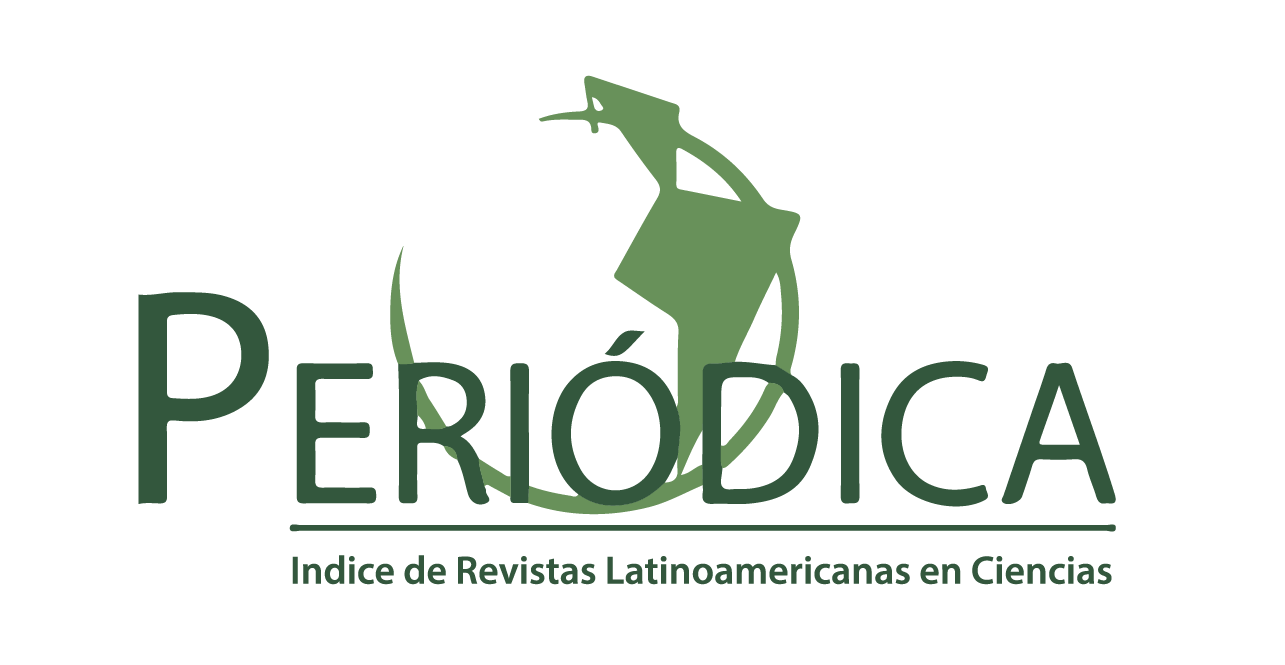CRETACEOUS HIGH-LATITUDE TERRESTRIAL ECOSYSTEMS: AN EXAMPLE FROM ALEXANDER ISLAND, ANTARCTICA
Abstract
A thin wedge of non-marine sedimentary strata occurs within the largely marine Fossil Bluff Group on Alexander Island, Antarctica. The late Albian Triton Point Member of the Neptune Glacier Formation records deposition by braided and meandering river systems that preserve in situ stands of vegetation. Floristic analysis coupled with sedimentological investigations allows the recognition of a variety of plant communities. Hepatophytes were primary colonizers of fresh sediment, but also occurred in back swamp settings, and as a ground layer in fern thickets. Ferns such as Aculea and Alamatus formed extensive thickets on sandy substrates; scattered amongst the fern thickets were small shrubby podocarps and stands of araucarian conifers. Back swamp vegetation was characterized by a diversity of podocarp conifers and ferns. Angiosperrns were also present and occupied a variety of niches from small streamside herbs to probable trees in back swamp settings. The late Albian Alexander Island flora gives a unique insight into the vegetation dynamics of Polar Regions during periods of greenhouse warmth.
KEY WORDS. Antarctica. Alexander Island. Cretaceous. Albian. Flora. Palaeoecology.
Downloads
Published
Issue
Section
License

Authors retain copyright and grant the journal right of first publication with the work simultaneously licensed under a CC Attribution-NonCommercial 4.0 that allows others to share the work with an acknowledgement of the work's authorship and initial publication in this journal.






















